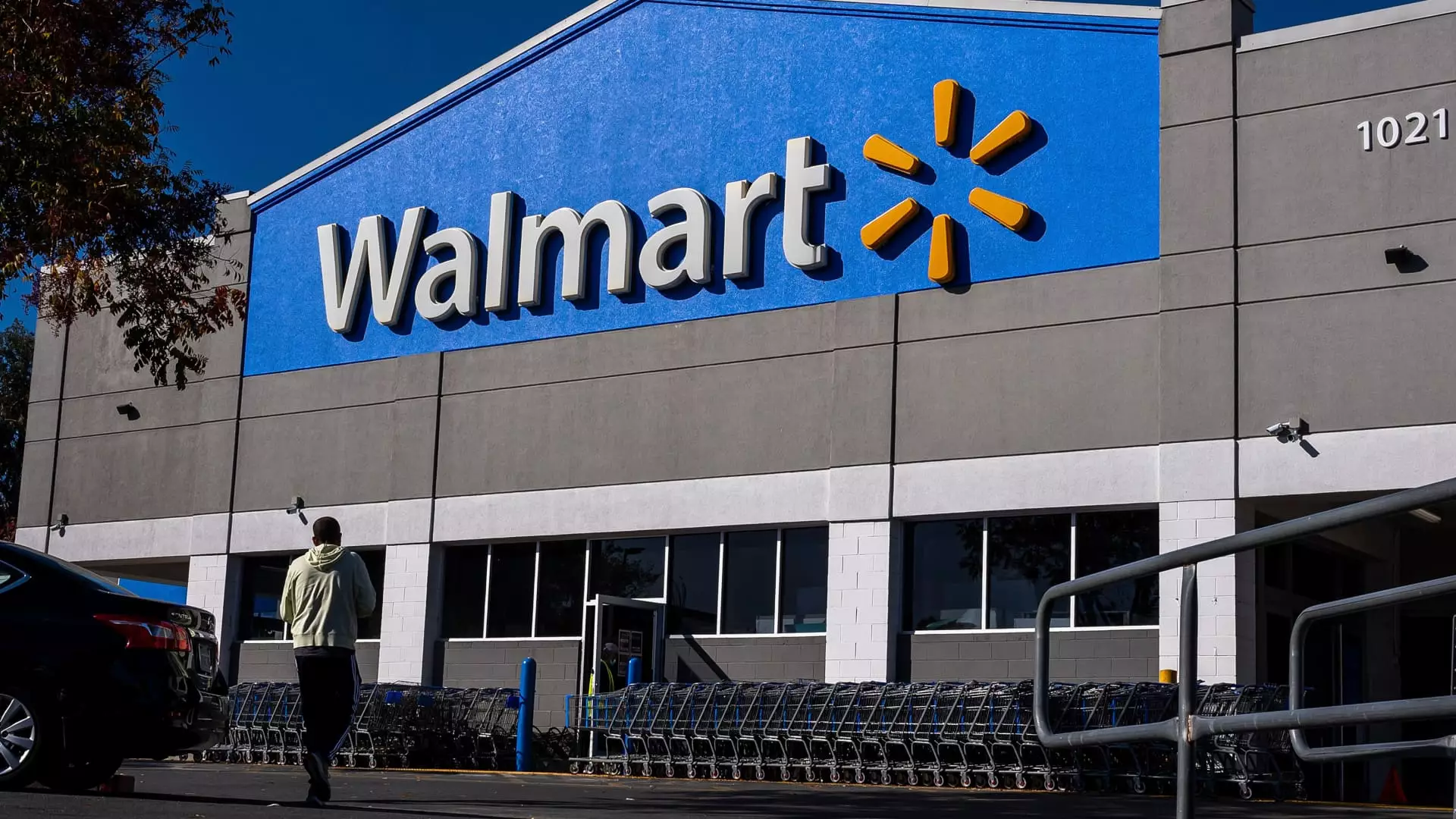In light of President-elect Donald Trump’s proposed tariffs, the U.S. retail landscape is bracing for potential changes that may influence pricing structures across various sectors. Notably, Walmart’s Chief Financial Officer, John David Rainey, has voiced concerns about the implications of these tariffs, indicating that the retailer may be compelled to raise prices on certain items. This could present a significant shift in Walmart’s long-standing commitment to offering “everyday low prices,” a cornerstone of its business model.
During an in-depth interview with CNBC, Rainey articulated the complexities that tariffs might introduce into the pricing paradigm. Although he expressed a reluctance to increase prices, he acknowledged that certain products might become costlier as a direct consequence of the proposed tariffs. This anticipated adjustment raises questions about which specific items might bear the brunt of these price changes; however, Rainey did not specify which categories could be affected, highlighting the uncertainty surrounding the situation.
The context in which this discussion was raised is particularly significant. Walmart has recently reported robust earnings that surpassed Wall Street’s expectations, along with an optimistic revision of its full-year forecast. This strong financial performance contrasts sharply with the potential tumult that tariffs may bring to the retail sector. The concern echoed by Rainey is widespread among retail leaders who fear that the introduction of tariffs could disrupt established pricing strategies, leading to broader economic ramifications.
The potential implementation of these tariffs could impact more than just Walmart. National Retail Federation CEO Matthew Shay has characterized tariffs as “a tax on American families,” cautioning that their effects could lead to inflationary pressures and job losses. This notion creates a compelling narrative around the broader economic implications, as any increase in retail prices would inevitably affect consumer spending habits.
Other retail giants, including E.l.f. Beauty, have also expressed concerns about pricing strategies in light of the proposed tariffs. CEO Tarang Amin indicated that price increases might be unavoidable if the higher duties come to fruition. Similarly, footwear manufacturer Steve Madden is proactively taking steps to mitigate impacts by decreasing imports from China by as much as 45% within the upcoming year. Such measures underscore the strategic shifts companies are willing to make in anticipation of changing tariff landscapes.
Supply Chain Diversification and Mitigation Strategies
In navigating potential tariff repercussions, Walmart and its peers are emphasizing supply chain diversification. Rainey pointed out that approximately two-thirds of the products sold by Walmart are made, grown, or assembled domestically. This strategy aims to reduce reliance on any single source, notably China, thus minimizing vulnerability to fluctuating tariffs. The retailer’s adaptability indicates a proactive stance in preparing for a tariff-dominated economy.
Similar sentiments are echoed at Lowe’s, another major retail player. CFO Brandon Sink commented on the necessity of diversification within their supply chain, acknowledging that about 40% of their cost of goods sold originates outside the United States. While acknowledging that tariffs could inevitably increase product costs, Sink maintained an air of preparedness, suggesting that the company is strategically positioned to respond to whatever changes may arise.
The prospect of new tariffs poses an ambiguous challenge for the retail sector. Companies that have thrived on low pricing strategies are now confronted with the possibility of having to recalibrate their pricing models. As Walmart’s Rainey surmises, tariffs tend to be inflationary, compelling retailers to find innovative ways to navigate these challenges while attempting to keep prices reasonable for consumers.
As the economic landscape continues to evolve amidst these discussions, the true impact of tariffs on retail prices remains to be seen. Retailers are adapting in real-time, not only to maintain their competitive edge but also to safeguard their customer relationships. The forthcoming months will be critical in determining how these proposed tariffs shape the industry, consumer behavior, and the overall economy.

